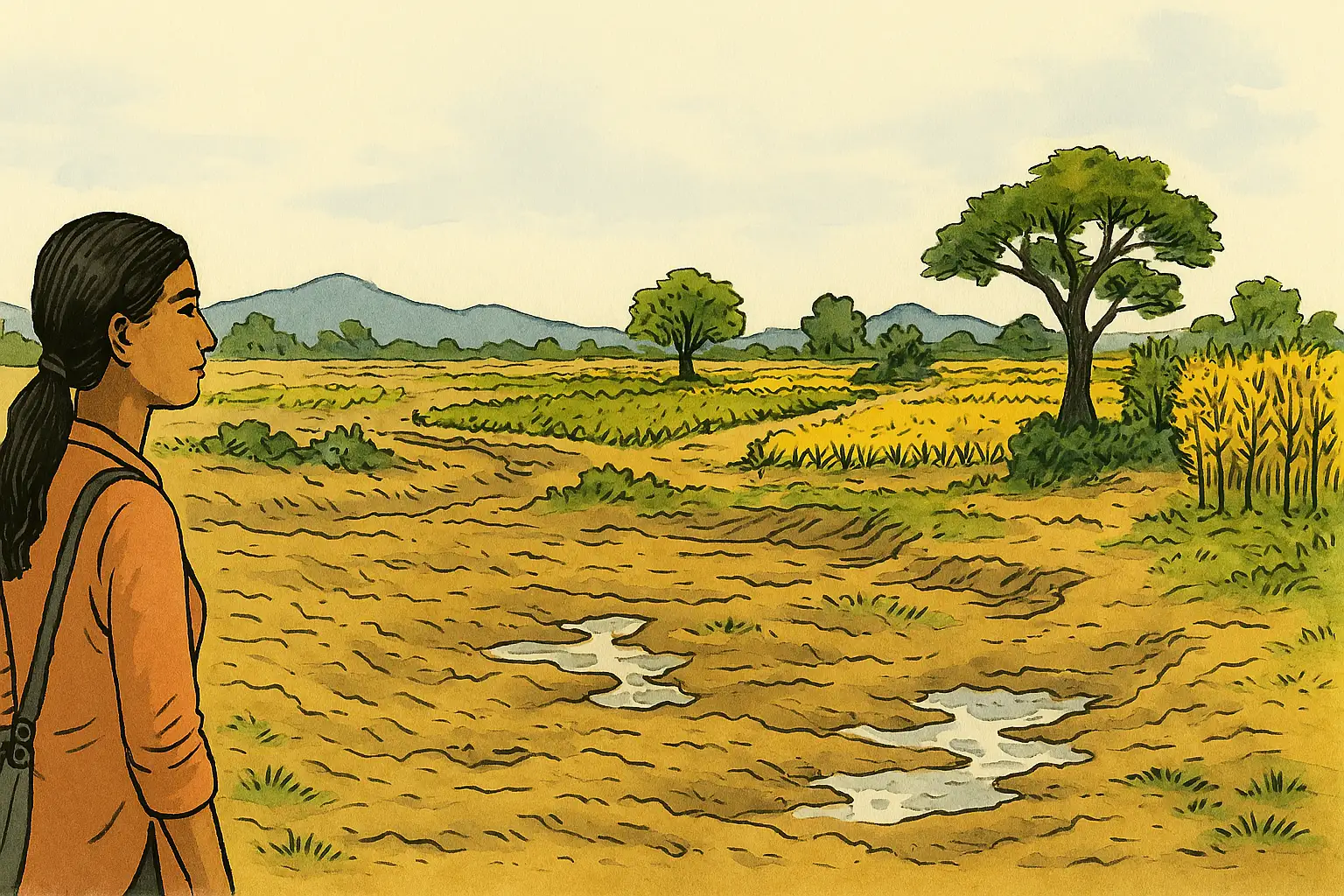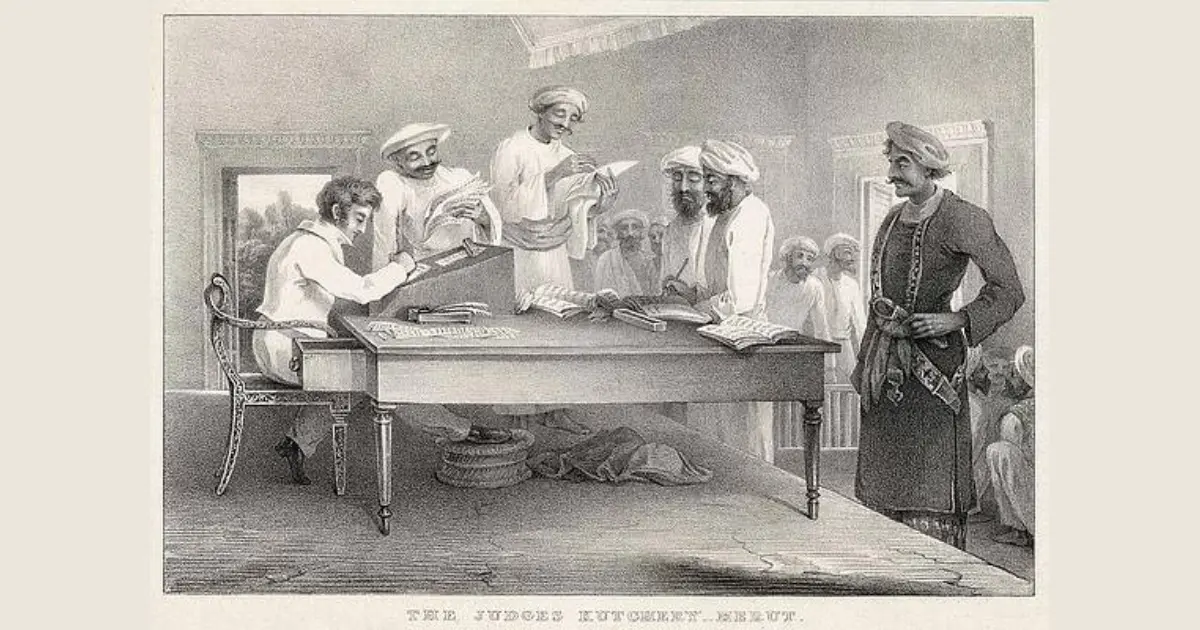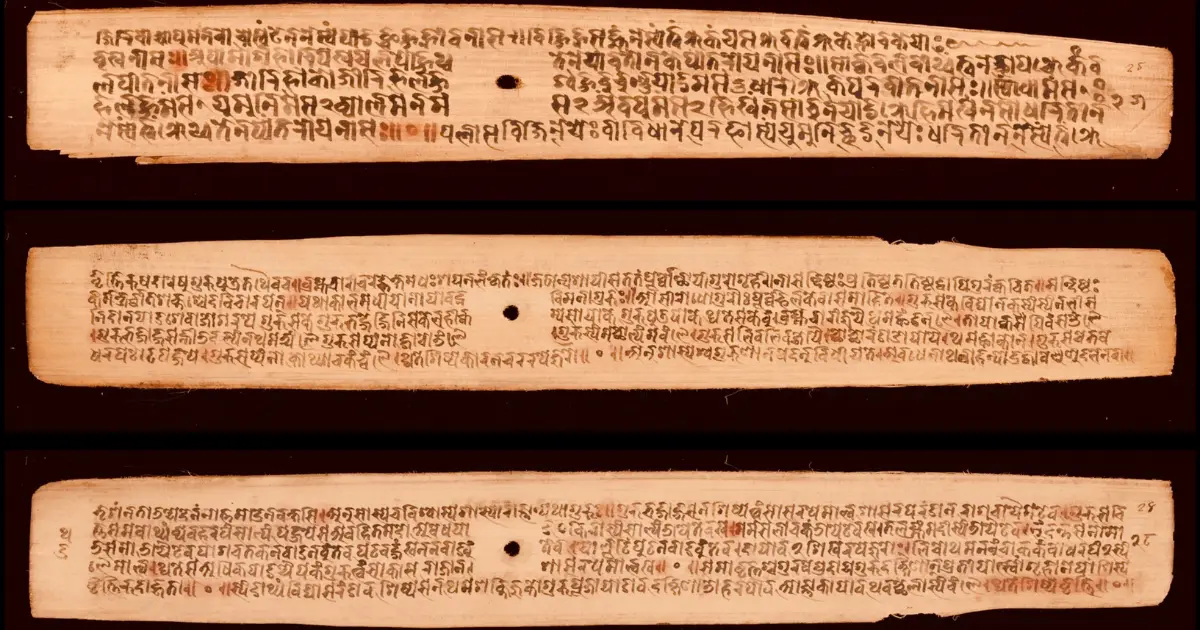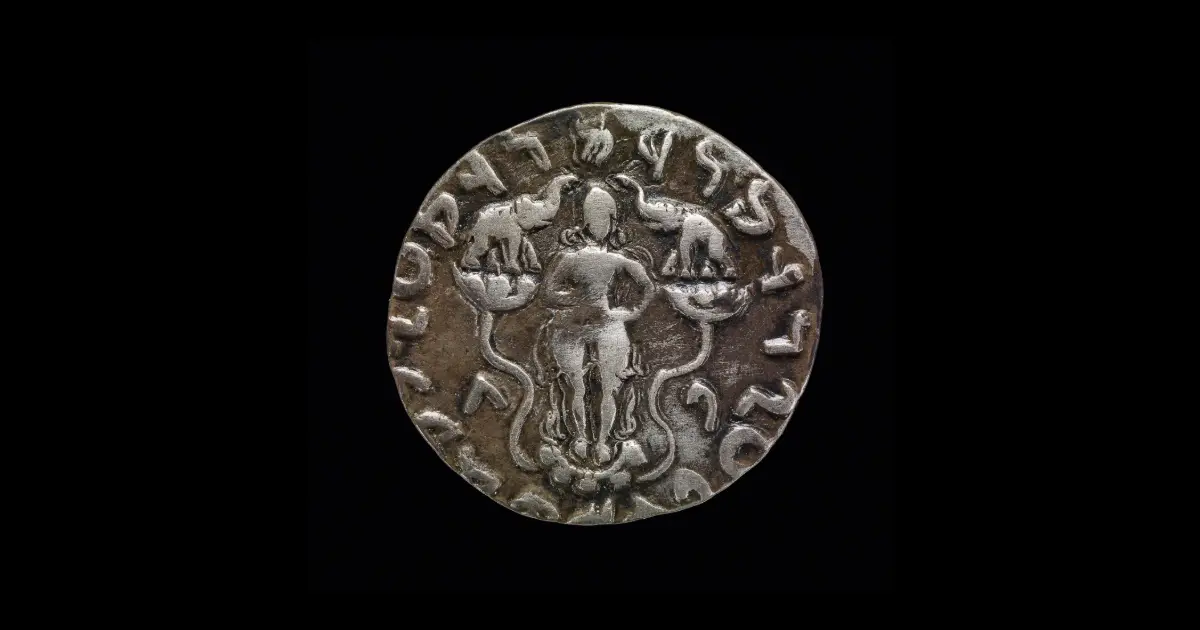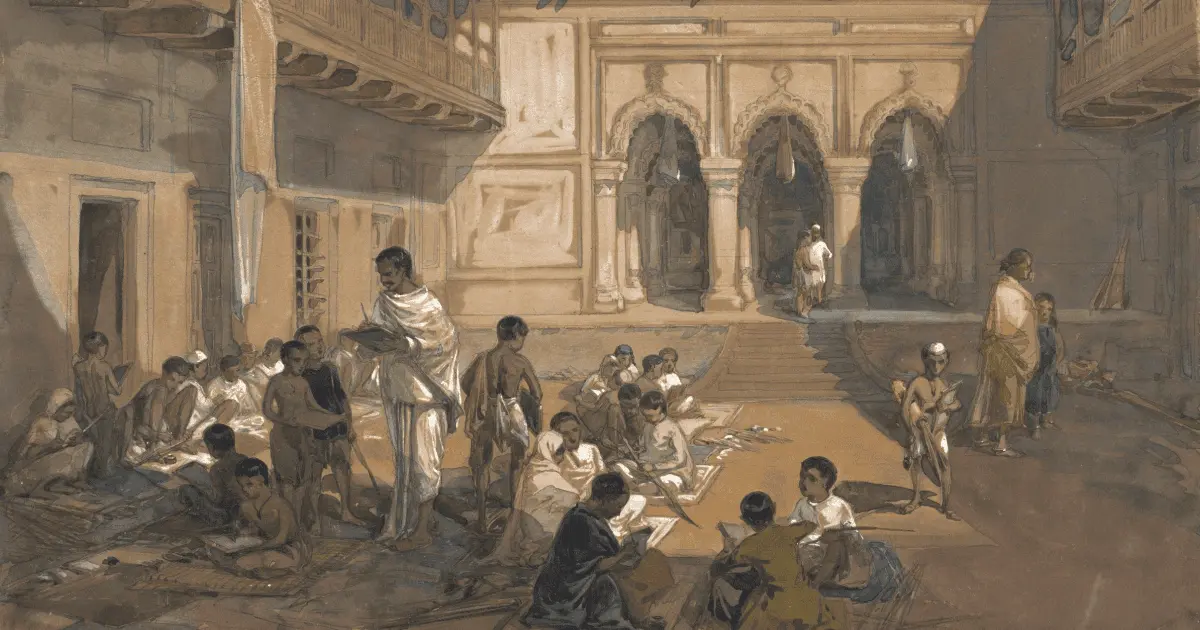How to Teach a Prince
The making of modern Baroda: Sayajirao Gaekwad III and the power of education.

Sign up to read this article
This article is part of our member only exclusive access.
Upgrade to get full access to this article by Anurag Shukla and other membership benefits
About the Author
Anurag Shukla
Anurag is a doctoral student at the Indian Institute of Management Ahmedabad. He is a recipient of prestigious fellowships such as JPAL and Star Scholars’ Program. His research interests include the discourse technology in education, history of education, decolonizing education, arts and culture, and the civilizational heritage of India.
See all writings at Dhīti